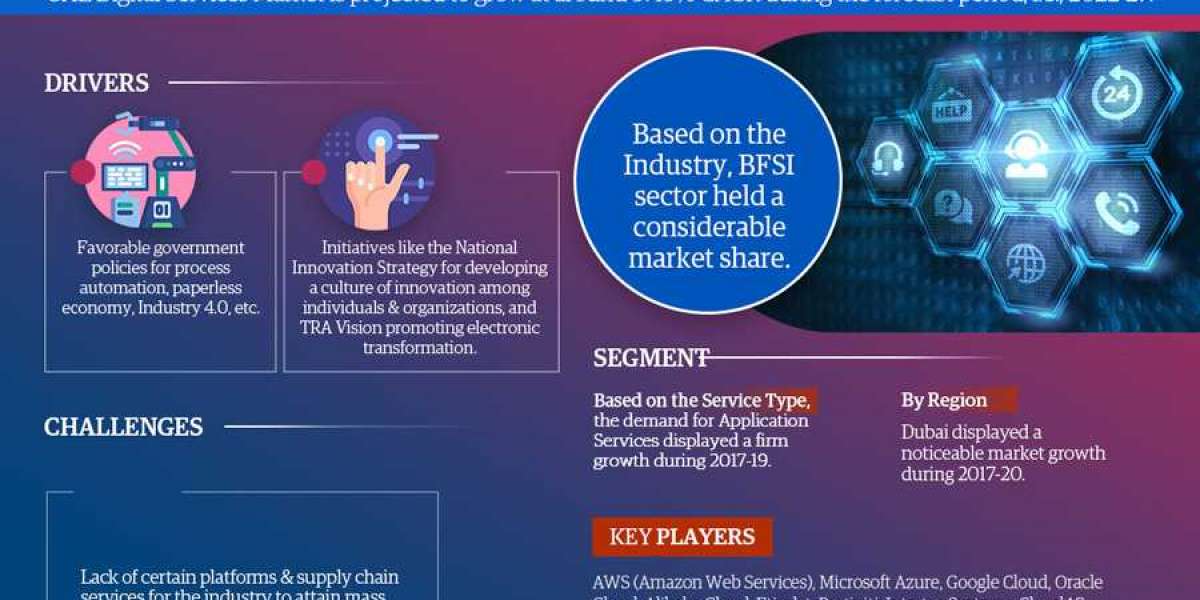Is the Future of Fundus Imaging in Your Pocket
The landscape of ophthalmic diagnostics is undergoing a digital revolution. At the heart of this transformation is the rise of portable and smartphone-integrated fundus cameras, tools that are redefining how, where, and when eye conditions are diagnosed. In 2025, these compact devices are not only improving accessibility—they’re shaping the future of global eye care.
Let’s dive into how these portable fundus cameras are driving innovation and expanding the boundaries of traditional eye diagnostics.
What Is a Fundus Camera—and Why Portability Matters
A fundus camera is a specialized low-power microscope with an attached camera, used to capture images of the retina, optic disc, macula, and posterior pole (the fundus) of the eye. These images are crucial for diagnosing diseases like diabetic retinopathy, glaucoma, macular degeneration, and hypertensive retinopathy.
Traditionally, these systems were bulky, expensive, and confined to hospitals and specialized eye care centers. But that’s changing fast.
In 2025, portable and smartphone-based fundus cameras are becoming the new standard—compact, affordable, and user-friendly, enabling point-of-care screening in clinics, rural areas, schools, and even patients’ homes.
The Tech Behind Portable Fundus Cameras
The secret to their success lies in miniaturization, smart optics, and seamless mobile integration. Modern devices use:
Clip-on smartphone adapters that convert an ordinary phone camera into a retinal imaging system.
Integrated AI software to analyze fundus images and flag abnormalities instantly.
Wireless data sharing features for remote diagnosis and teleophthalmology.
Many devices can now capture high-resolution retinal images with minimal training, making them ideal for use by general practitioners, technicians, and even community health workers.
Accessibility and Global Health Impact
Perhaps the most powerful advantage of these devices is accessibility. In developing regions, where ophthalmologists and advanced imaging equipment are scarce, smartphone-based fundus cameras offer a low-cost, scalable solution.
Imagine a healthcare worker in a remote village screening hundreds of people for diabetic retinopathy using just a smartphone and a compact fundus attachment. The images can be instantly uploaded to a cloud platform, reviewed by an eye specialist in a city, and used to initiate timely treatment.
According to recent estimates, over 1 billion people globally live with vision impairment that could have been prevented or has yet to be addressed. Portable fundus cameras are poised to be game-changers in closing that care gap.
Integration With AI and Cloud Platforms
In 2025, many portable fundus cameras are powered by AI-assisted diagnostics. These systems can detect early signs of retinopathy, glaucoma, or age-related degeneration within seconds of capturing an image—often with accuracy on par with human specialists.
Popular AI integrations offer:
Real-time screening recommendations
Risk categorization
Automated referrals
Longitudinal patient tracking
All of this ties into cloud-based electronic health record (EHR) systems, allowing seamless coordination between field practitioners and ophthalmologists. In essence, the fundus camera becomes more than a diagnostic tool—it becomes a care coordination hub.
Market Growth and Innovation Trends
The fundus camera market is expected to surpass USD 850 million by 2030, with portable and smartphone-integrated devices leading the growth. Several factors are fueling this trend:
Rising diabetes prevalence (especially in aging populations)
Growth of telemedicine and mobile health
Technological advancements in optics and miniaturization
Global push for early screening and preventive care
Startups and medtech giants alike are launching new devices that are smarter, more affordable, and more user-friendly than ever. And with smartphone adoption nearly universal, the potential for scale is massive.
Challenges and Considerations
Despite the excitement, portable fundus imaging isn’t without challenges:
Image quality can vary based on lighting, user skill, and patient cooperation.
Data privacy is a major concern, especially when patient images are stored or transferred digitally.
Regulatory compliance for medical AI software varies widely across regions.
Training, standardization, and infrastructure remain crucial for scaling these solutions responsibly.
Final Thoughts
The future of eye diagnostics is no longer tied to large machines in high-end hospitals—it’s being shaped by devices that fit in the palm of your hand.
Portable and smartphone-integrated fundus cameras are unlocking a new era of accessible, affordable, and intelligent eye care. Whether it’s screening diabetic patients in rural India, monitoring glaucoma progression in urban clinics, or enabling community eye camps across Africa—these devices are changing the way we see the future.
In 2025 and beyond, don’t be surprised if the next great advancement in retinal imaging comes not from a lab—but from an app.







